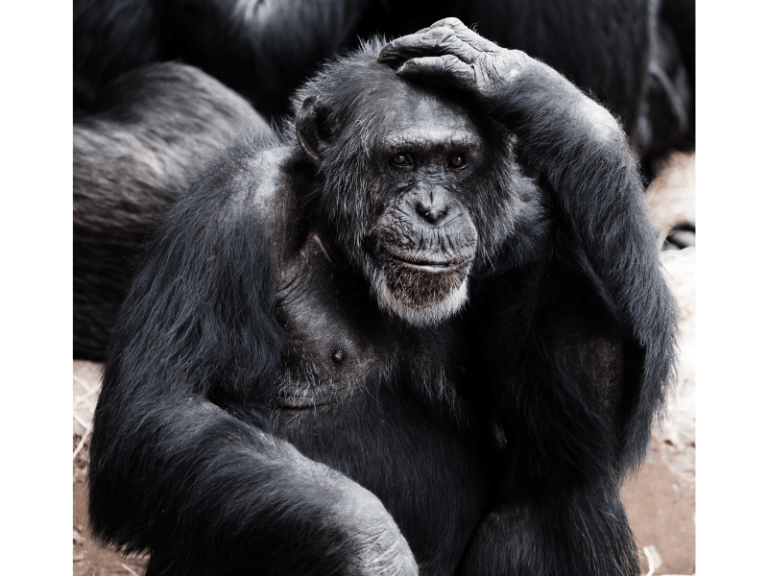Humans are descendants of ancient apes, a fact widely accepted today. How did humans evolve? First and foremost, humans are creatures of intelligent labor. Intelligent labor differs significantly from instinctual labor. For instance, the web-building of spiders or the nest-making of birds, while executed with great precision and producing remarkable results, inevitably show a repetitive, stereotyped pattern, reflecting a rigidly conservative approach driven by genetic predisposition. This is what we call “instinctual labor.”
Human labor, on the other hand, is entirely different. Take, for example, human-made houses—all composed of a mix of doors, windows, and walls—but each with its unique arrangement. Furthermore, humans have invented countless tools for constructing houses. The methods and techniques of human labor are constantly evolving and innovative, devoid of any observable genetic influence, a testament to the creative intelligence of their makers. Therefore, all human labor is referred to as “intelligent labor.”
Intelligent labor led humans onto the path of division of labor and cooperation. The emergence of the four support points on the soles of human feet completely changed the task of supporting body weight from the forelimbs. The refinement of labor divided between hands and feet inevitably affected the development of the cerebral cortex’s mass. The mutually reinforcing effect of these factors resulted in a human brain size approximately two to three times larger than that of ancient apes.
According to data unearthed by archaeobiologists, the early human lifestyle was fundamentally social, characterized by communal fishing, hunting, mutual assistance, cooperation, and shared learning. This early society was already on the path towards cooperative collective labor within families. Hence, we can say, “It is difficult to imagine that such a socially rich animal as humans evolved from non-social ancestors.”
Because of this collective labor approach, utilizing the collective wisdom of the group, humans created language and writing. Thus, labor created humans, and language and writing further developed them. Today’s great apes are also branches that diverged from ancient apes, akin to fraternal twins of humans. While they have intelligence surpassing that of typical animals and the ability to use tools, their labor still remains within the scope of instinctual behavior. They do not create labor tools. Though their hands and feet show initial tendencies towards division of labor, true specialization of hands and feet has not yet been achieved. Their brains have also not undergone the rigorous training and testing seen in humans. Therefore, their entire brain mass does not reach even half that of humans.
Furthermore, great apes live in small family units independently. From the day they find their mates, they separate from their parents and establish their own living areas in the forest. Social life remains an awkward fit for them even today. They have never accumulated experiences or exchanged achievements from their life and labor. Therefore, today’s great apes will not evolve into humans.

